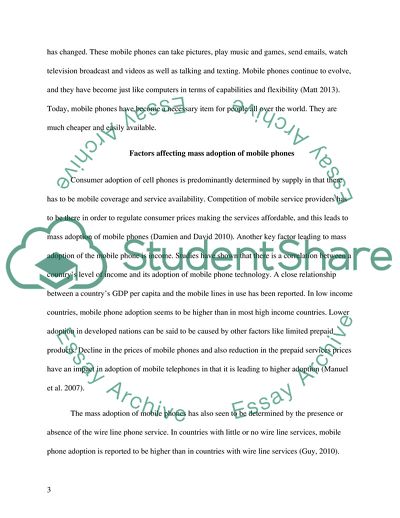Cite this document
(The Impact of Mobile Phones Coursework Example | Topics and Well Written Essays - 2250 words, n.d.)
The Impact of Mobile Phones Coursework Example | Topics and Well Written Essays - 2250 words. https://studentshare.org/technology/1801062-the-impact-of-new-technology-mobile-telephone
The Impact of Mobile Phones Coursework Example | Topics and Well Written Essays - 2250 words. https://studentshare.org/technology/1801062-the-impact-of-new-technology-mobile-telephone
(The Impact of Mobile Phones Coursework Example | Topics and Well Written Essays - 2250 Words)
The Impact of Mobile Phones Coursework Example | Topics and Well Written Essays - 2250 Words. https://studentshare.org/technology/1801062-the-impact-of-new-technology-mobile-telephone.
The Impact of Mobile Phones Coursework Example | Topics and Well Written Essays - 2250 Words. https://studentshare.org/technology/1801062-the-impact-of-new-technology-mobile-telephone.
“The Impact of Mobile Phones Coursework Example | Topics and Well Written Essays - 2250 Words”. https://studentshare.org/technology/1801062-the-impact-of-new-technology-mobile-telephone.


